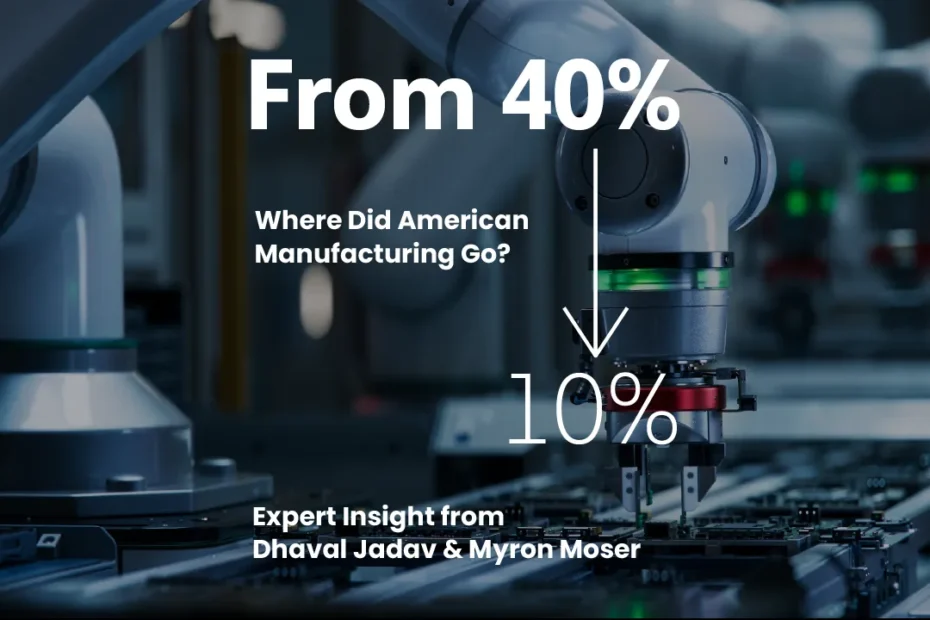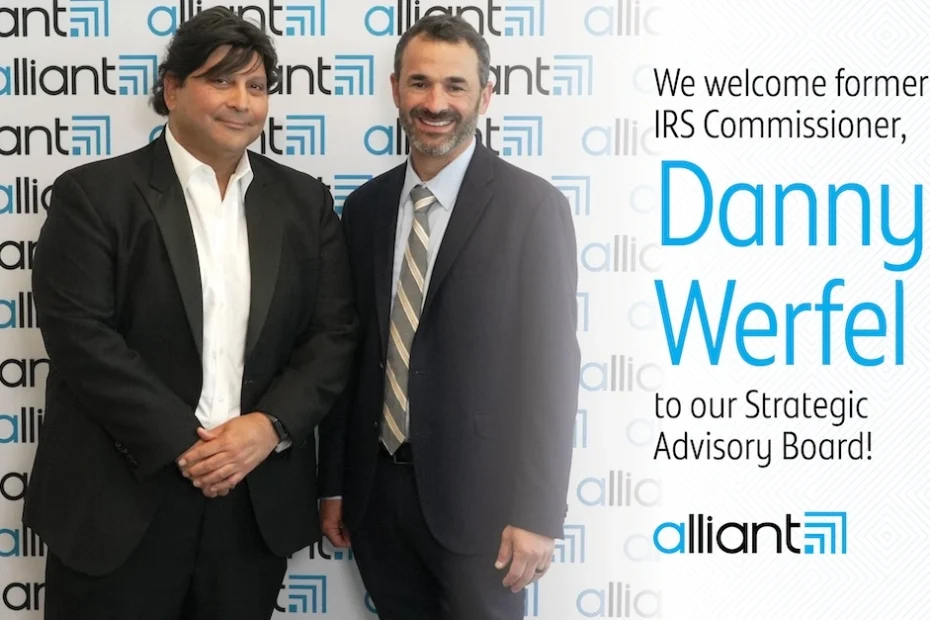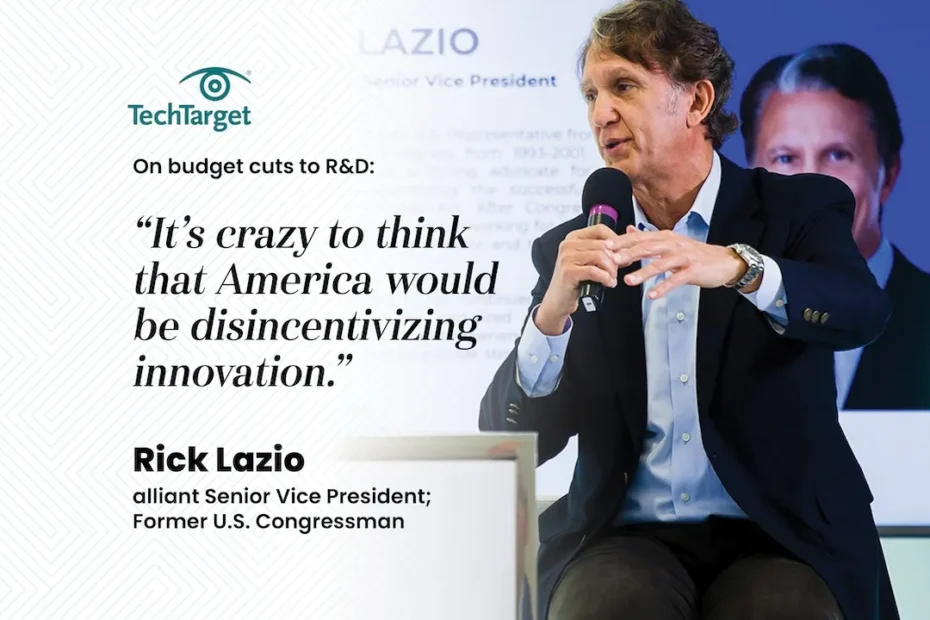Innovation Will Fuel Manufacturing Rebirth in the US
The worldwide economy has changed enormously over the past 100 years. Today, the intensifying trade war is dominating headlines – each day sending a new jolt of uncertainty for economists and consumers alike. The latest “fix” is supposed to be built off trade deficits, tariffs, and other immediate changes that will strong-arm our problems away.









